Home>Maintenance & Safety>Home Maintenance Checklists>How Many Liters Is A 13 Gallon Trash Can
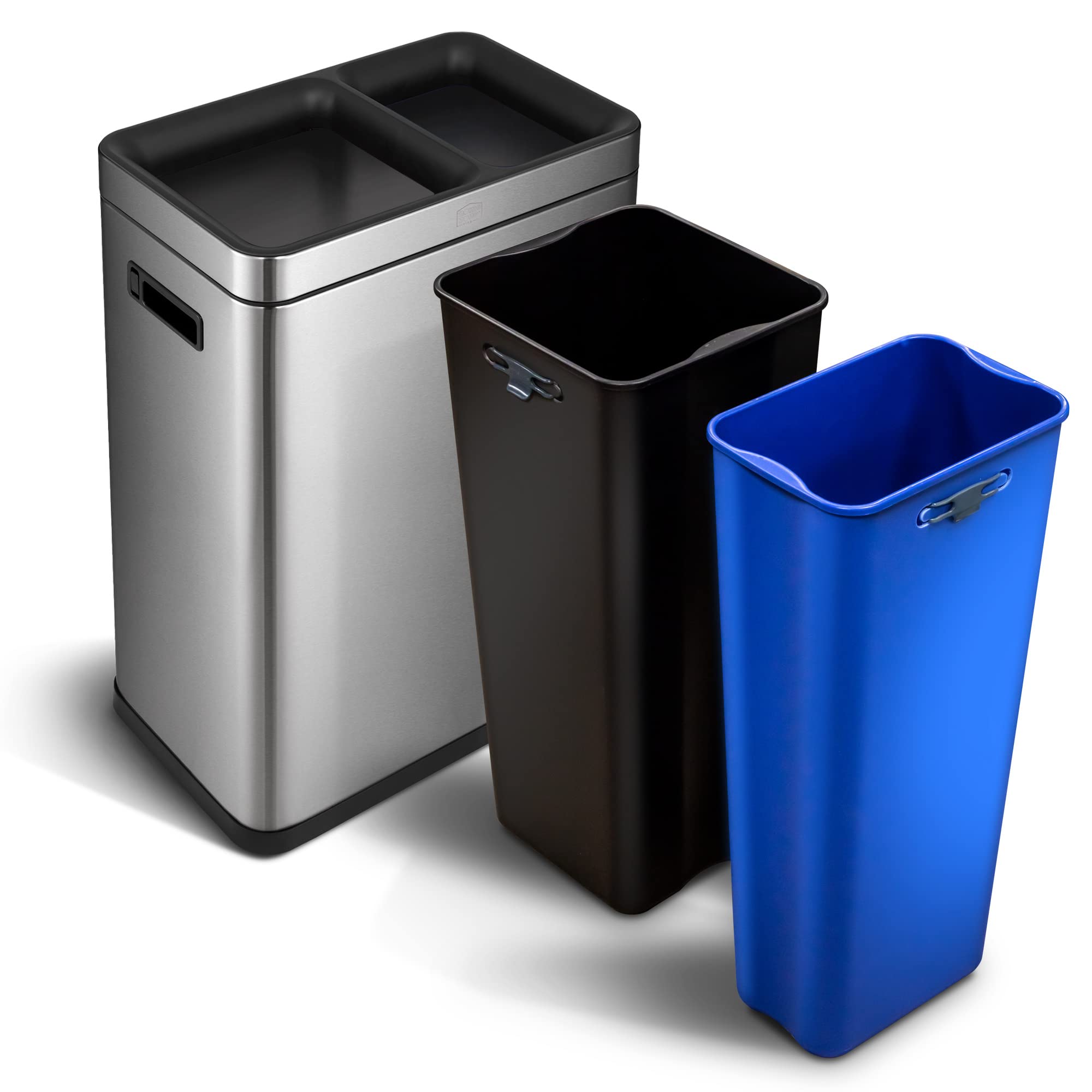

Home Maintenance Checklists
How Many Liters Is A 13 Gallon Trash Can
Published: January 17, 2024
Find out the capacity of a 13-gallon trash can in liters for your home maintenance checklist. Learn how to choose the right size for your needs. Discover more helpful tips!
(Many of the links in this article redirect to a specific reviewed product. Your purchase of these products through affiliate links helps to generate commission for Storables.com, at no extra cost. Learn more)
Introduction
Welcome to the world of home maintenance, where even the most mundane items can spark curiosity. If you've ever found yourself pondering the capacity of a 13-gallon trash can in liters, you're not alone. Understanding the volume of common household items in different units of measurement can be surprisingly useful, especially when it comes to waste management and recycling.
In this article, we'll delve into the world of gallons and liters, exploring their relationship and how to convert between them. We'll then apply this knowledge to determine the size of a 13-gallon trash can in liters. By the end, you'll have a comprehensive understanding of these units and be equipped to make informed decisions about waste disposal and storage.
So, let's embark on this enlightening journey, where we'll unravel the mysteries of capacity measurements and gain a newfound appreciation for the humble 13-gallon trash can.
Key Takeaways:
- The size of a 13-gallon trash can is approximately 49.21 liters, making it a versatile and practical choice for homes and offices, offering ample storage space without taking up too much room.
- Understanding the conversion from gallons to liters empowers individuals to make informed decisions about waste disposal and storage, ensuring efficient and convenient waste management within their living and working environments.
Read more: How Many Gallons Is 45 Liter Trash Can
Understanding Gallons and Liters
Before we explore the specific size of a 13-gallon trash can in liters, it's essential to grasp the fundamental concepts of gallons and liters. These units of measurement play crucial roles in everyday life, particularly when it comes to quantifying liquids and container capacities.
Gallons are a unit of measurement commonly used in the United States for quantifying volume, especially for liquids such as water, gasoline, and, of course, trash cans. There are two primary types of gallons: the US gallon, which is used in the United States, and the imperial gallon, which is used in the United Kingdom and some other countries. For the purpose of this discussion, we will focus on the US gallon, which is equivalent to approximately 3.785 liters.
On the other hand, the liter is the standard unit of volume in the metric system, widely used across the globe. It is a versatile unit that is not only used for liquids but also for expressing the volume of various objects and containers. One liter is equivalent to 0.264172 US gallons.
Understanding the relationship between these two units is essential for practical purposes, as it allows for seamless conversions and comparisons. Whether you're shopping for beverages in different-sized containers, calculating the fuel efficiency of your vehicle, or determining the capacity of a trash can, familiarity with gallons and liters is invaluable.
Now that we have laid the groundwork for understanding gallons and liters, let's delve into the process of converting between these units to determine the size of a 13-gallon trash can in liters.
Converting Gallons to Liters
Converting gallons to liters is a straightforward process that involves a simple mathematical calculation. As mentioned earlier, one US gallon is equivalent to approximately 3.785 liters. This conversion factor allows us to seamlessly transform volumes expressed in gallons into their liter equivalents.
To convert a given volume from gallons to liters, you can use the following formula:
Volume in liters = Volume in gallons × 3.785
For example, if you have a 5-gallon container and you want to express its capacity in liters, you would multiply 5 by 3.785, resulting in 18.925 liters. This conversion is particularly useful when dealing with products or containers that are labeled in gallons but require a liter-based measurement for specific applications.
When it comes to determining the size of a 13-gallon trash can in liters, the conversion process follows the same principle. By multiplying 13 (gallons) by 3.785, we find that a 13-gallon trash can equates to approximately 49.21 liters. This means that the trash can has a capacity of nearly 49 liters, making it suitable for holding a substantial amount of waste without occupying excessive space.
Understanding the conversion from gallons to liters empowers homeowners and waste management professionals to make informed decisions about container sizes, storage capacities, and waste disposal needs. With this knowledge in hand, you can confidently assess the suitability of a 13-gallon trash can for your specific requirements and ensure efficient waste management within your home or workplace.
Now that we have successfully converted gallons to liters and determined the size of a 13-gallon trash can in liters, let's explore the practical implications of this information and its relevance to everyday use.
1 gallon is equal to approximately 3.785 liters. So, to find out how many liters are in a 13 gallon trash can, you can multiply 13 by 3.785. This will give you the approximate number of liters in the trash can.
Size of a 13-Gallon Trash Can
Now that we have established that a 13-gallon trash can equates to approximately 49.21 liters, it’s important to visualize the practical implications of this capacity. The 13-gallon trash can is a popular choice for households and businesses due to its versatile size and functionality.
With a capacity of nearly 49 liters, the 13-gallon trash can strikes a balance between ample storage space and manageable dimensions. It is ideally suited for kitchen use, allowing for the disposal of daily waste without requiring frequent emptying. Additionally, its moderate size makes it convenient for placement in various areas, from under the sink to alongside countertops, ensuring easy access while minimizing obstruction.
Furthermore, the 13-gallon trash can is a common fixture in office environments, providing a practical solution for managing paper waste, discarded packaging, and other disposables. Its capacity to hold approximately 49 liters of waste makes it suitable for shared spaces and high-traffic areas, contributing to a tidy and organized workspace.
When considering the dimensions of a 13-gallon trash can, it typically stands at a height of around 24 inches and has a diameter of approximately 11 inches. This compact yet capacious design enables it to fit seamlessly into various settings while accommodating a considerable volume of waste.
Moreover, the 13-gallon trash can is compatible with standard trash bags designed to line its interior, simplifying the process of replacing and disposing of accumulated waste. This feature enhances its functionality and promotes efficient waste management practices within residential and commercial environments.
As a versatile and practical waste disposal solution, the 13-gallon trash can, with its capacity of nearly 49 liters, exemplifies the seamless integration of form and function. Its size and design cater to the diverse needs of households, businesses, and communal spaces, offering a reliable and convenient means of maintaining cleanliness and order.
By understanding the size and capacity of a 13-gallon trash can in liters, individuals can make informed decisions regarding waste management solutions, ensuring that their living and working environments remain clean, organized, and conducive to productivity and well-being.
With a newfound appreciation for the 13-gallon trash can and its practical dimensions, let’s reflect on the significance of this knowledge and its impact on daily routines and waste management practices.
Conclusion
As we conclude our exploration of the 13-gallon trash can and its capacity in liters, we have gained valuable insights into the world of volume measurements, waste management, and practical applications in residential and commercial settings.
Our journey began with a fundamental understanding of gallons and liters, shedding light on their significance in quantifying liquids and container capacities. By unraveling the relationship between these units of measurement, we laid the groundwork for comprehending the size of a 13-gallon trash can in liters and its implications for everyday use.
Through the process of converting gallons to liters, we demystified the capacity of a 13-gallon trash can, revealing that it holds approximately 49.21 liters of waste. This knowledge empowers individuals to make informed decisions about waste disposal and storage, ensuring that they can effectively manage household or workplace cleanliness without compromising on convenience or efficiency.
Furthermore, our exploration of the size of a 13-gallon trash can provided a practical perspective on its dimensions and functionality. With a height of around 24 inches, a diameter of approximately 11 inches, and a capacity of nearly 49 liters, the 13-gallon trash can emerges as a versatile and indispensable asset in maintaining tidy and organized living and working spaces.
By recognizing the practical implications of the 13-gallon trash can’s size and capacity, individuals can optimize their waste management practices, streamline daily routines, and contribute to a cleaner and more sustainable environment. Whether used in kitchens, offices, or communal areas, the 13-gallon trash can exemplifies the harmonious integration of form and function, offering a reliable solution for waste disposal needs.
As we reflect on our journey of discovery, we are reminded of the importance of understanding measurements and their real-world applications. The knowledge gained about the 13-gallon trash can and its capacity in liters equips us to make informed choices, embrace efficient waste management practices, and cultivate environments that prioritize cleanliness and order.
In essence, the 13-gallon trash can, with its size of nearly 49 liters, embodies practicality, convenience, and functionality, serving as a testament to the transformative power of understanding measurements in enhancing our daily lives.
With this newfound understanding, we embark on our ongoing pursuit of knowledge, armed with the wisdom to make meaningful contributions to our surroundings and communities through informed decision-making and conscientious waste management practices.
Frequently Asked Questions about How Many Liters Is A 13 Gallon Trash Can
Was this page helpful?
At Storables.com, we guarantee accurate and reliable information. Our content, validated by Expert Board Contributors, is crafted following stringent Editorial Policies. We're committed to providing you with well-researched, expert-backed insights for all your informational needs.
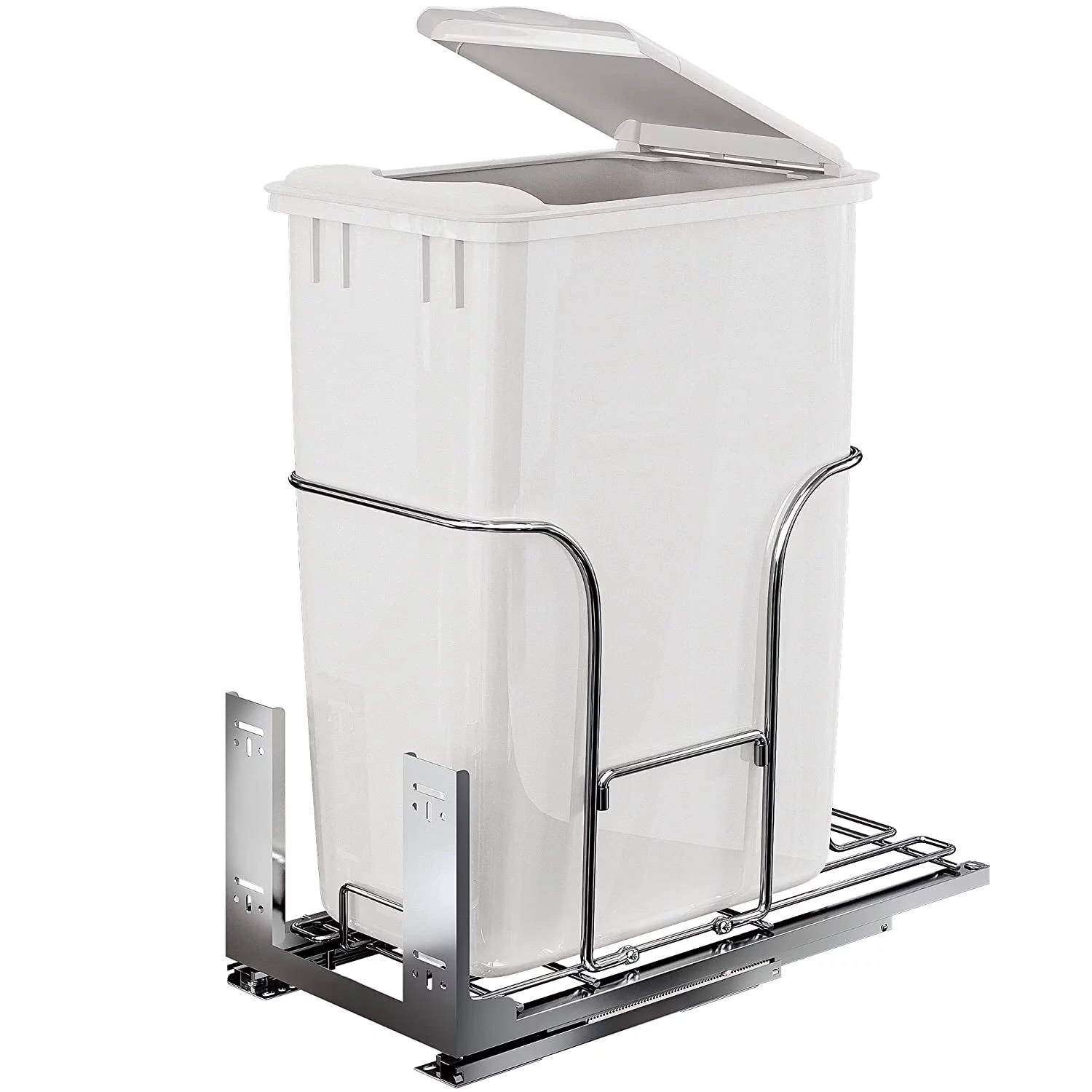
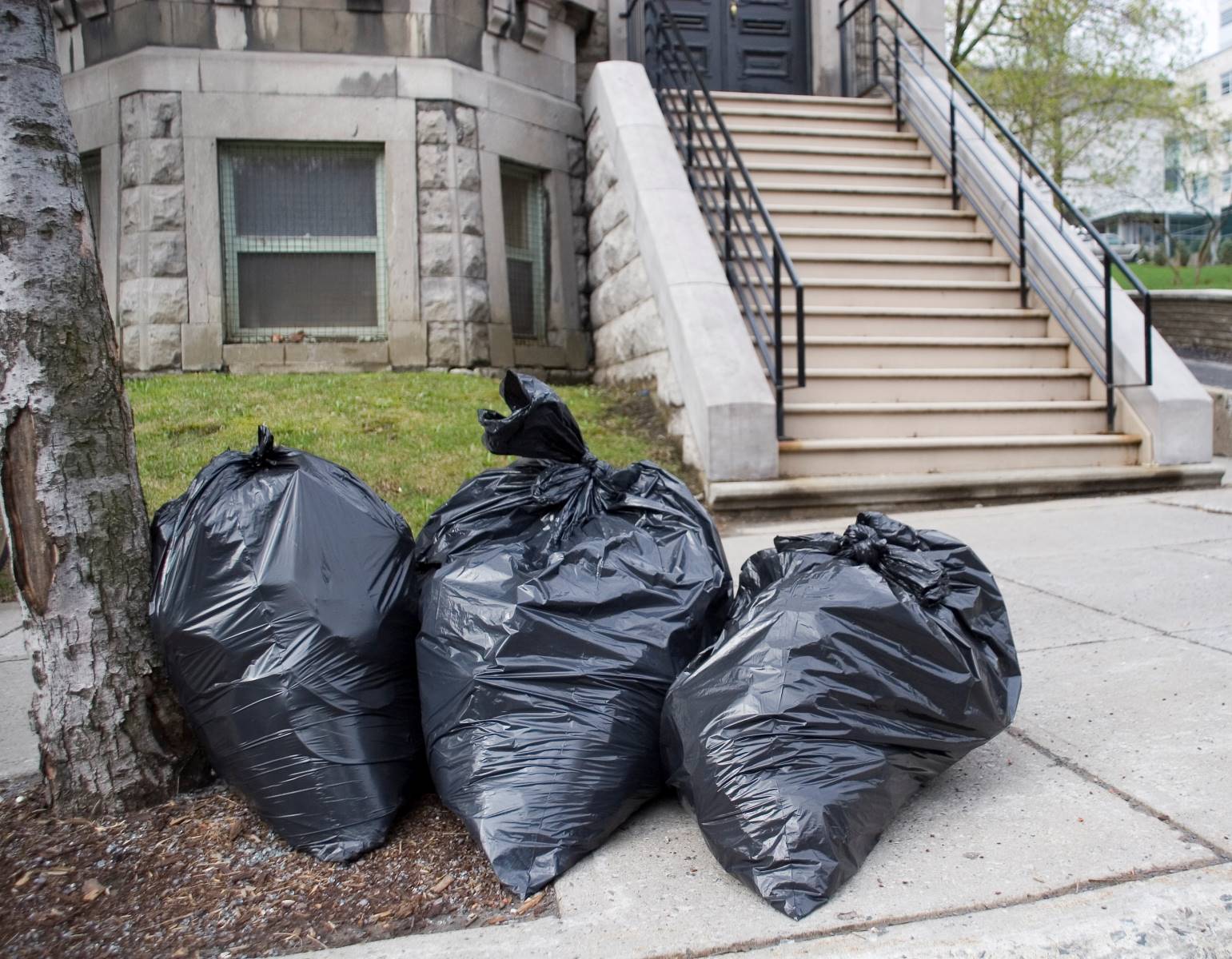
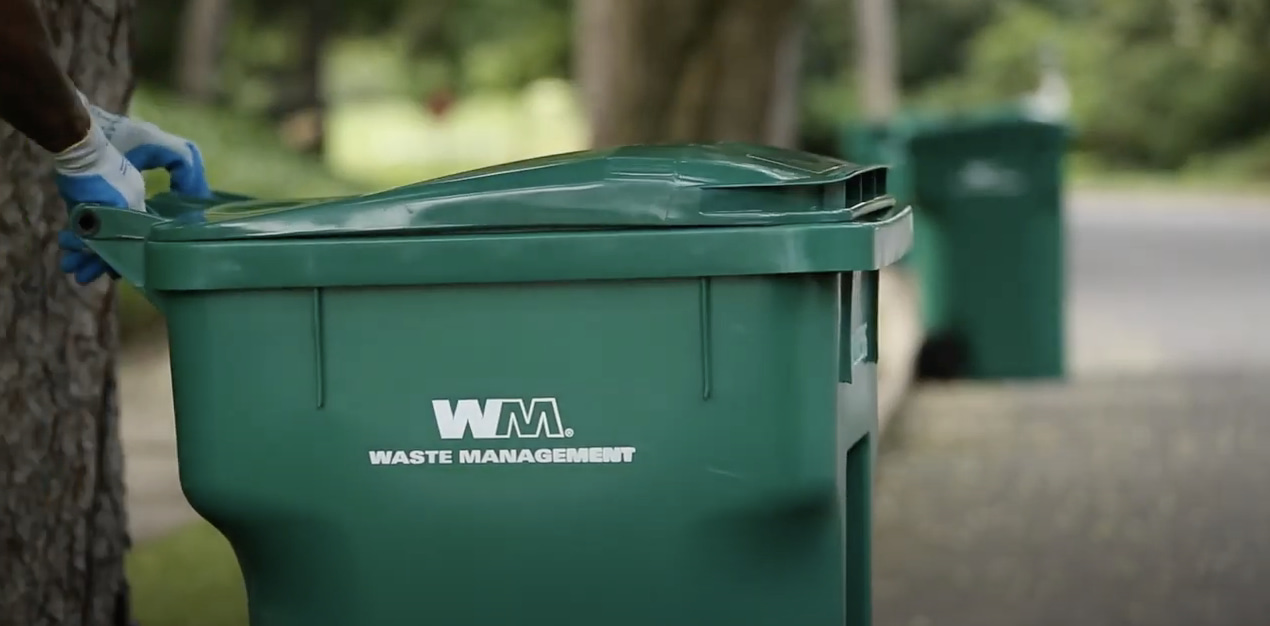
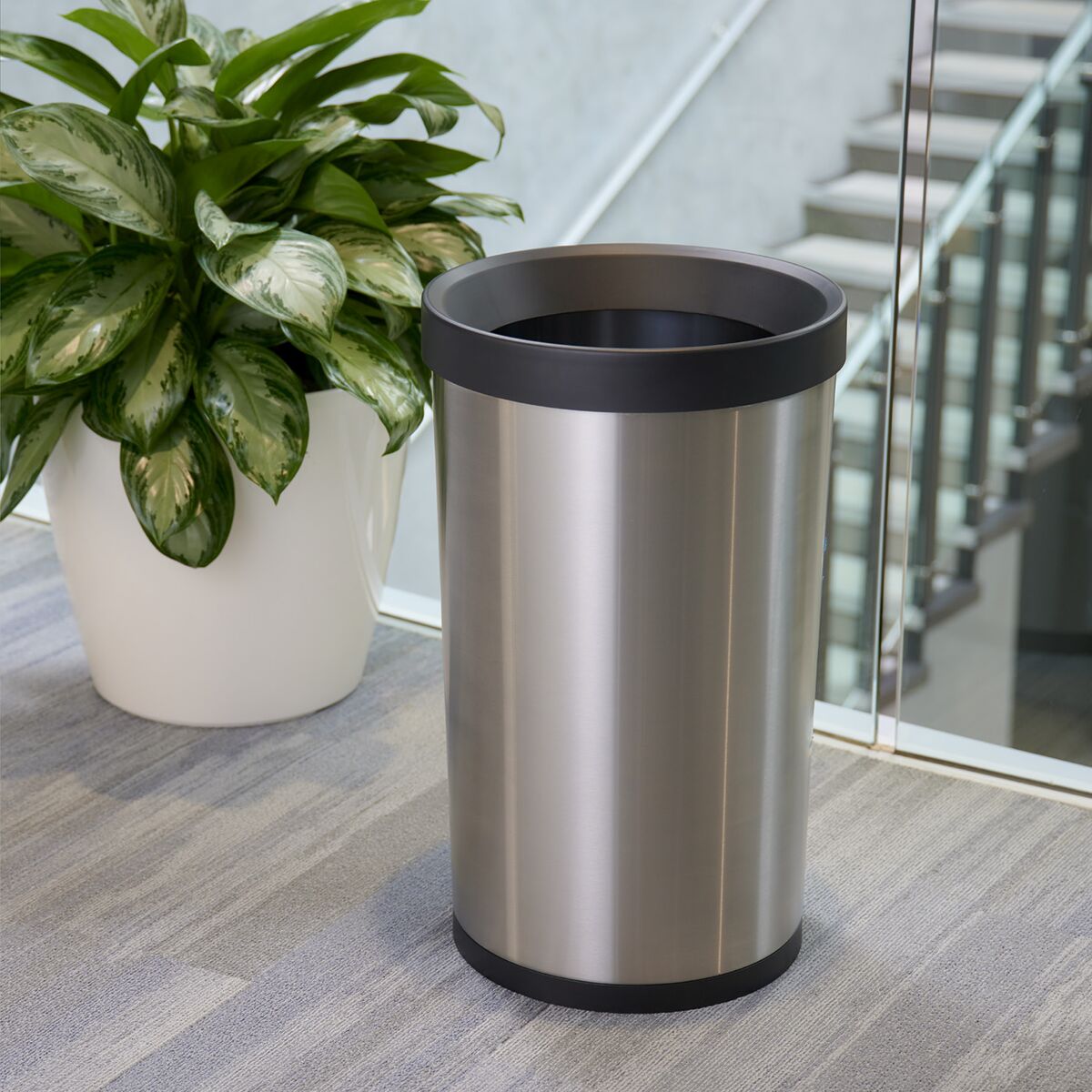
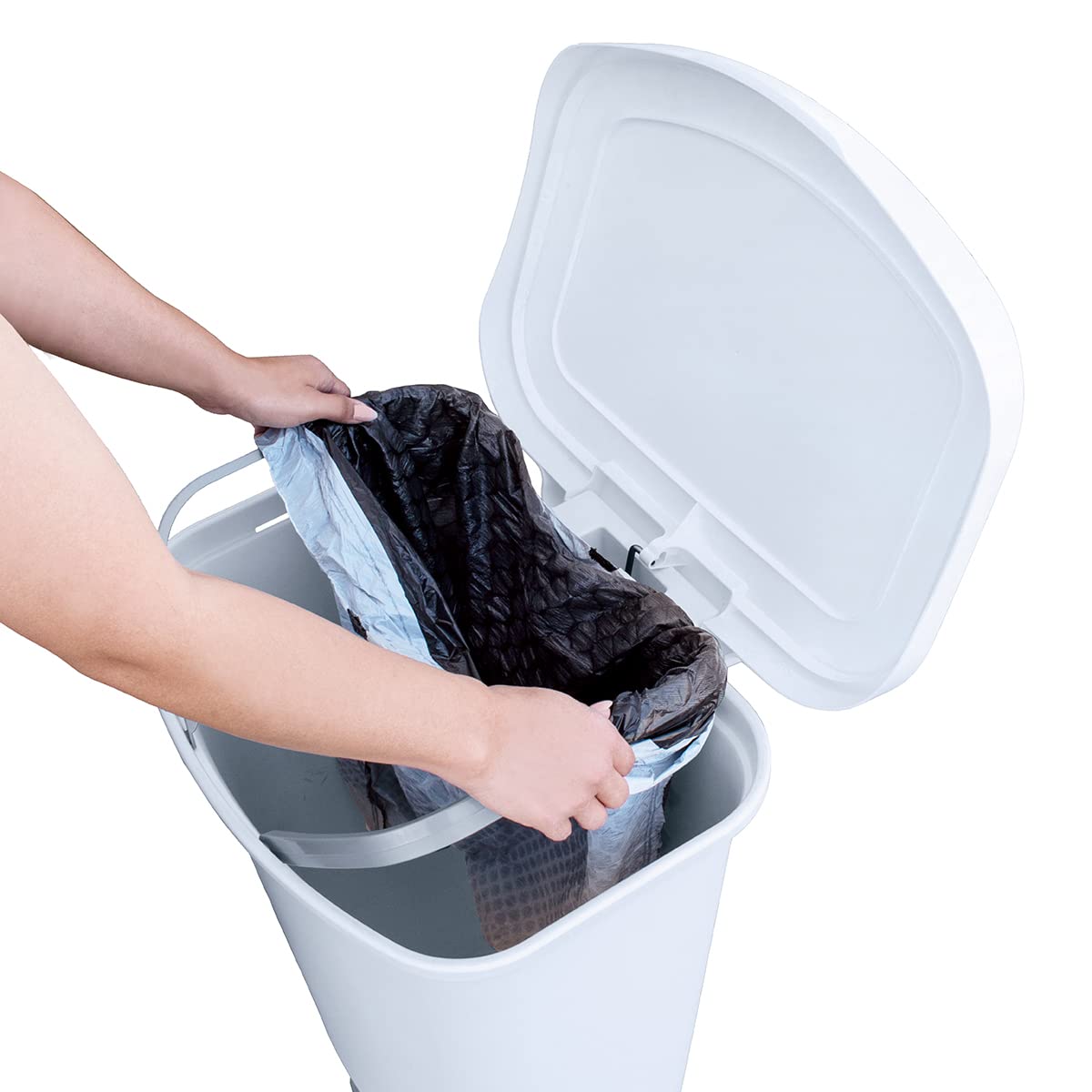
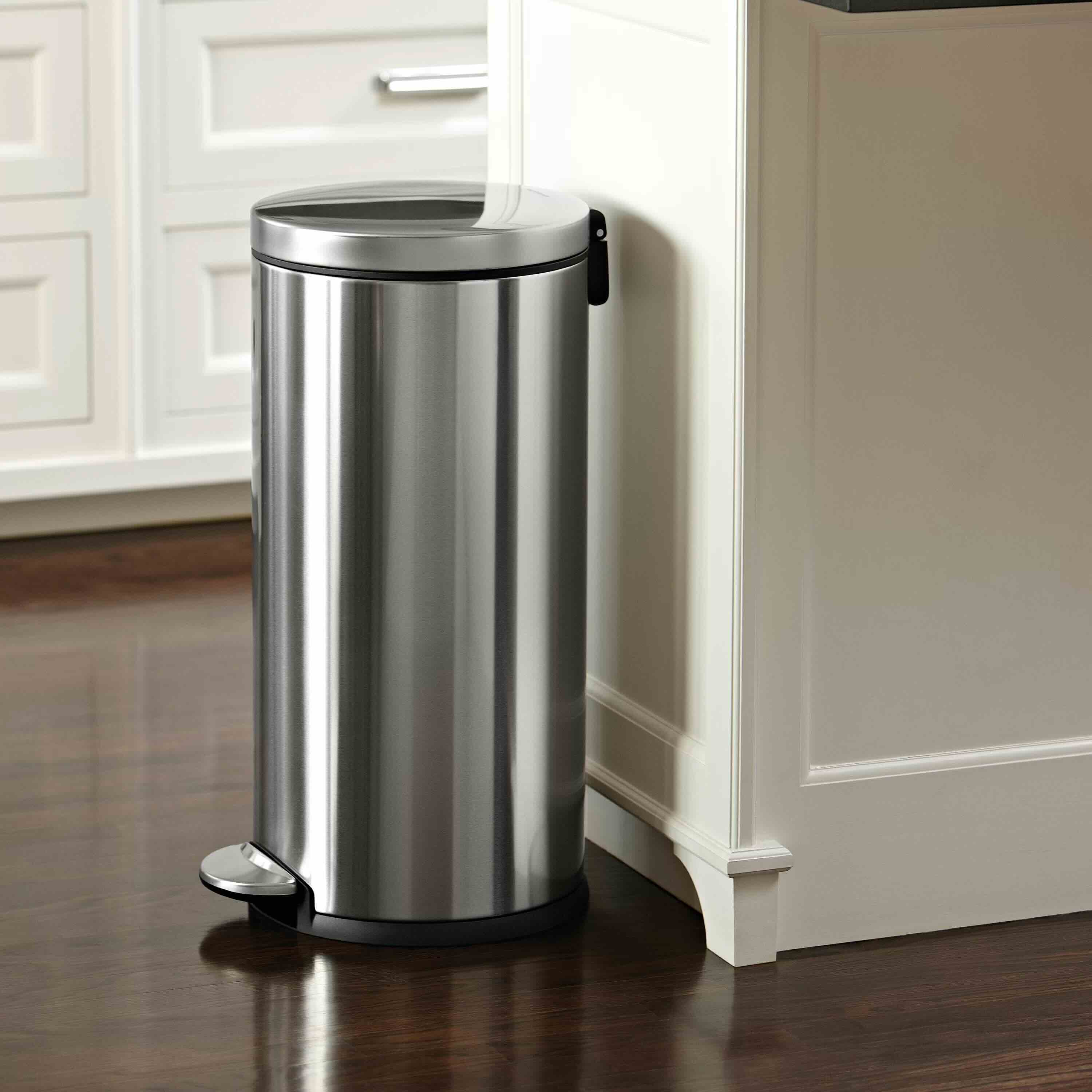
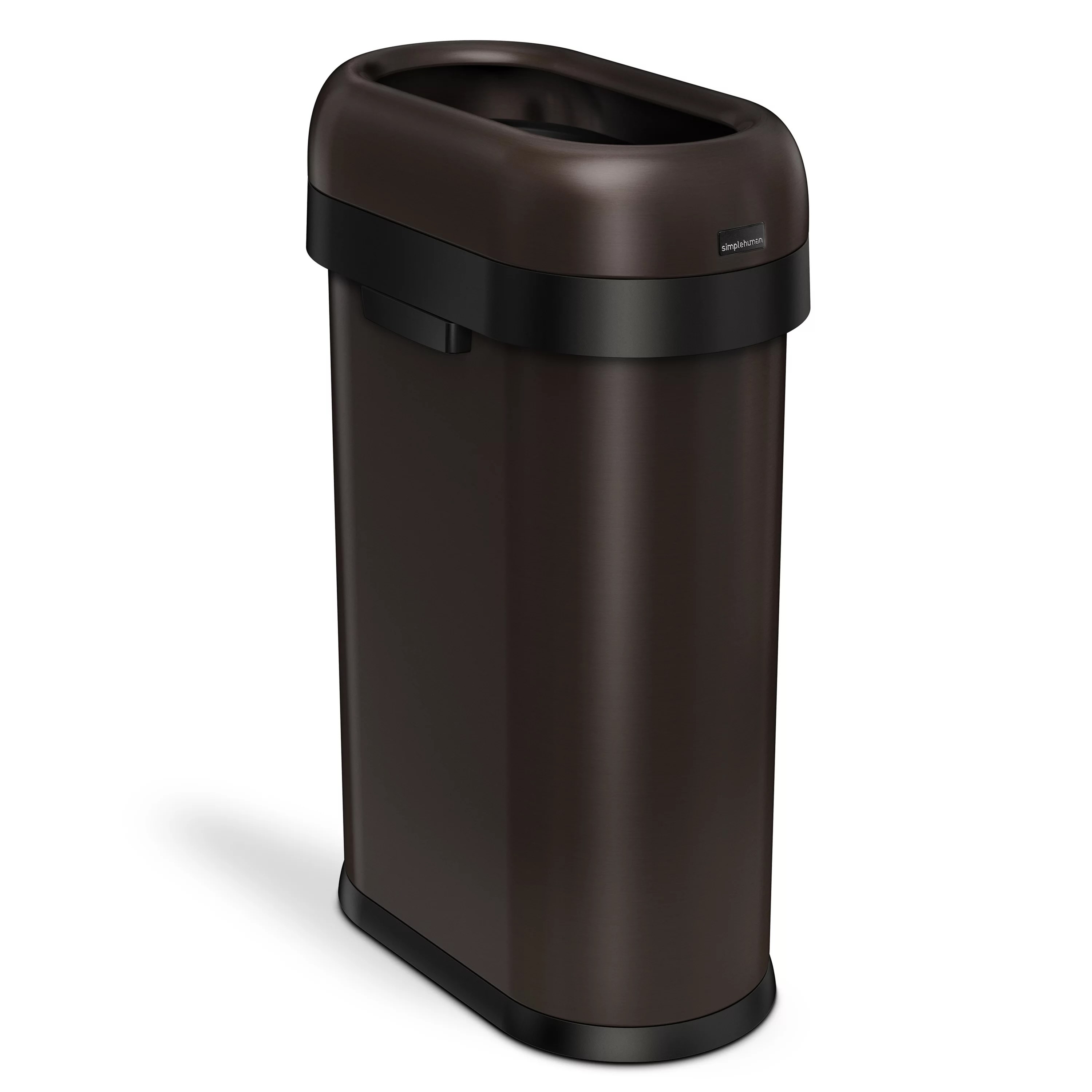
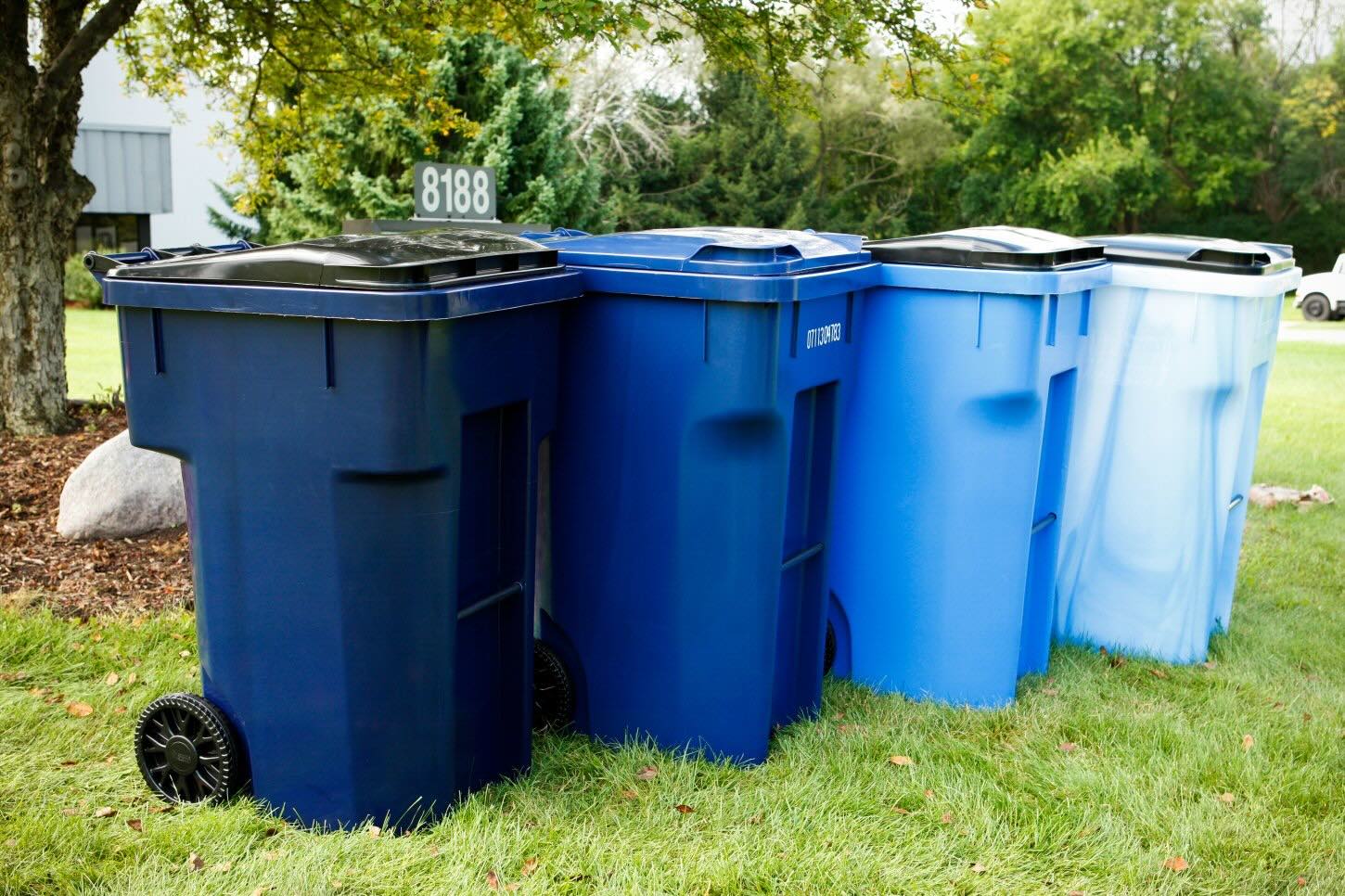
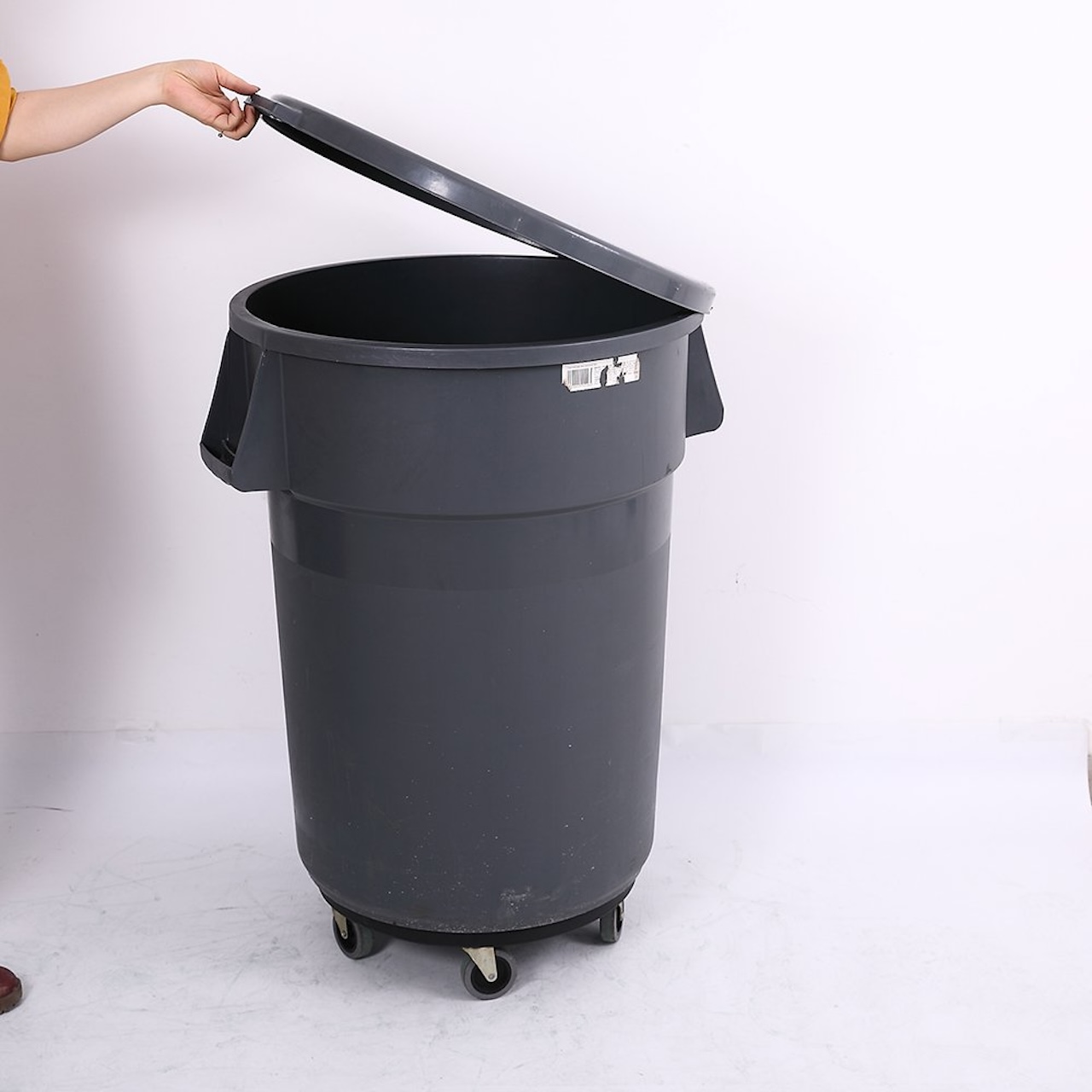
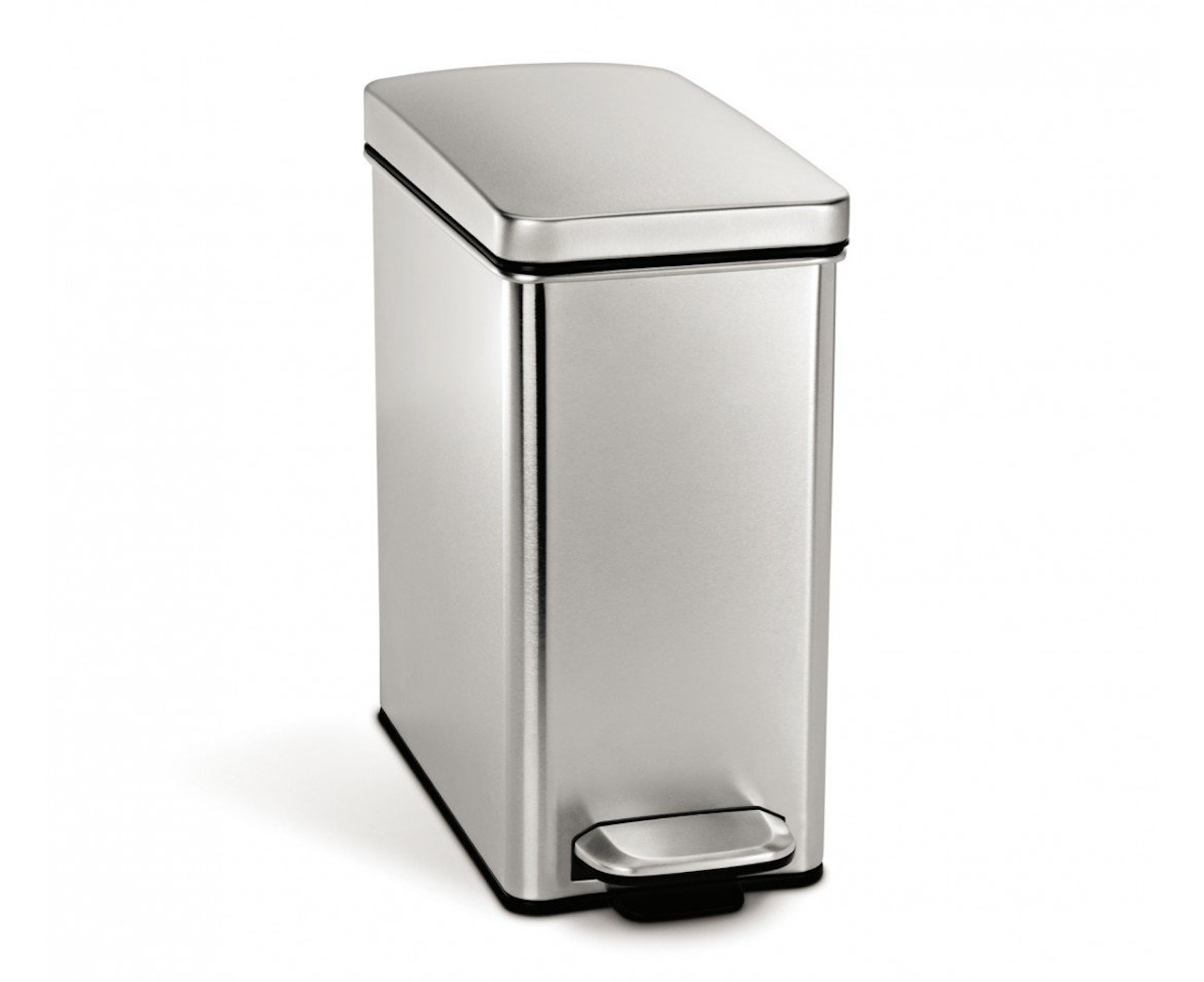
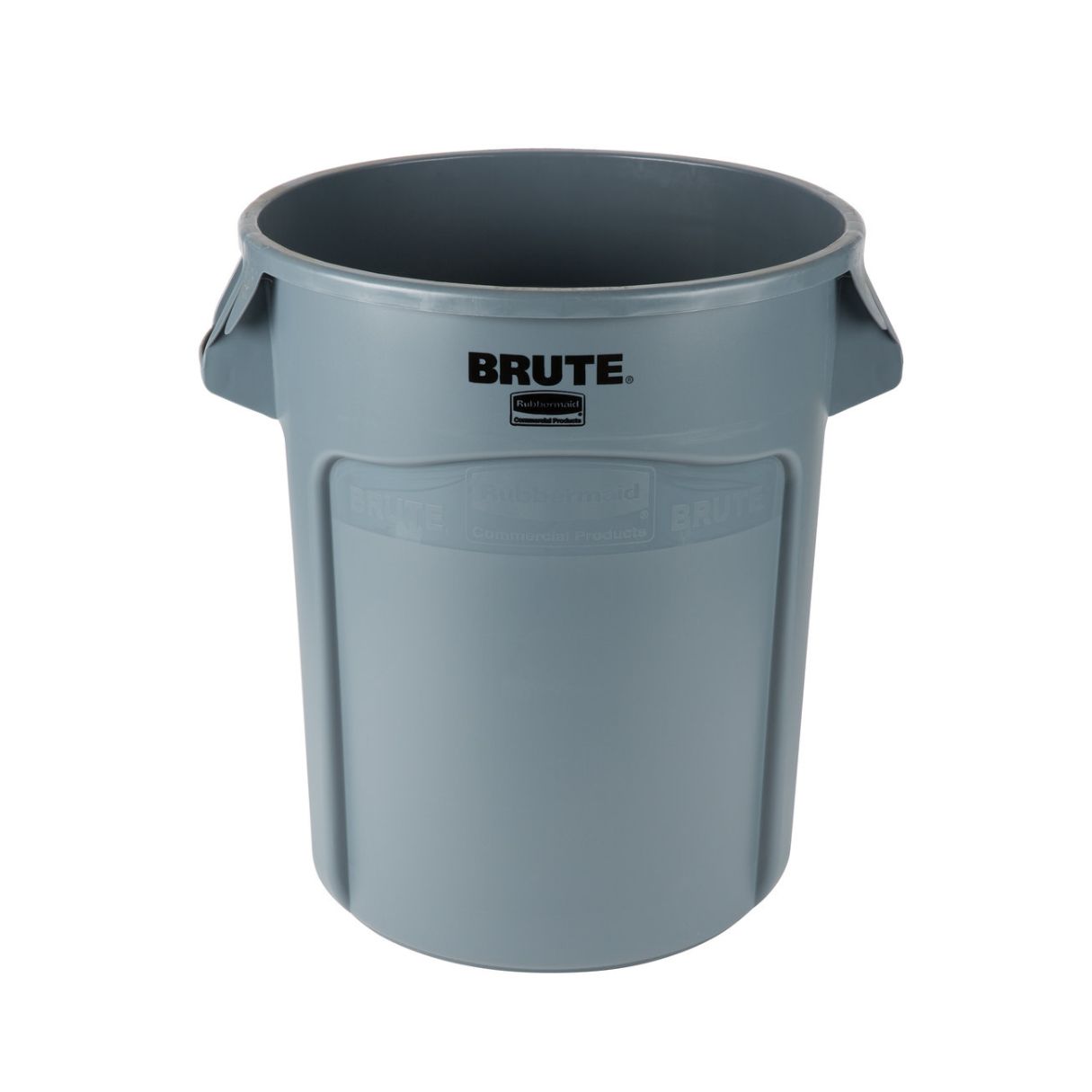
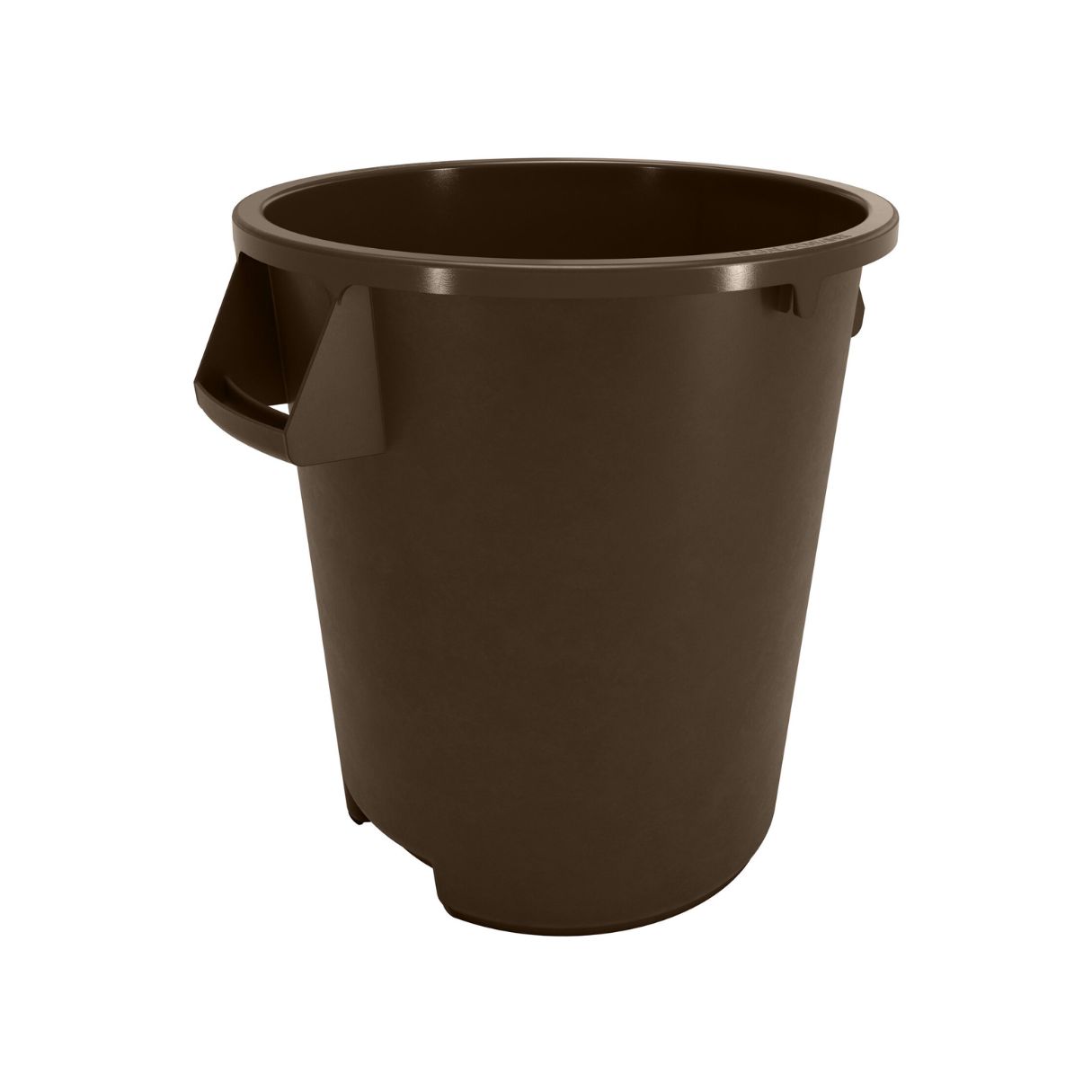
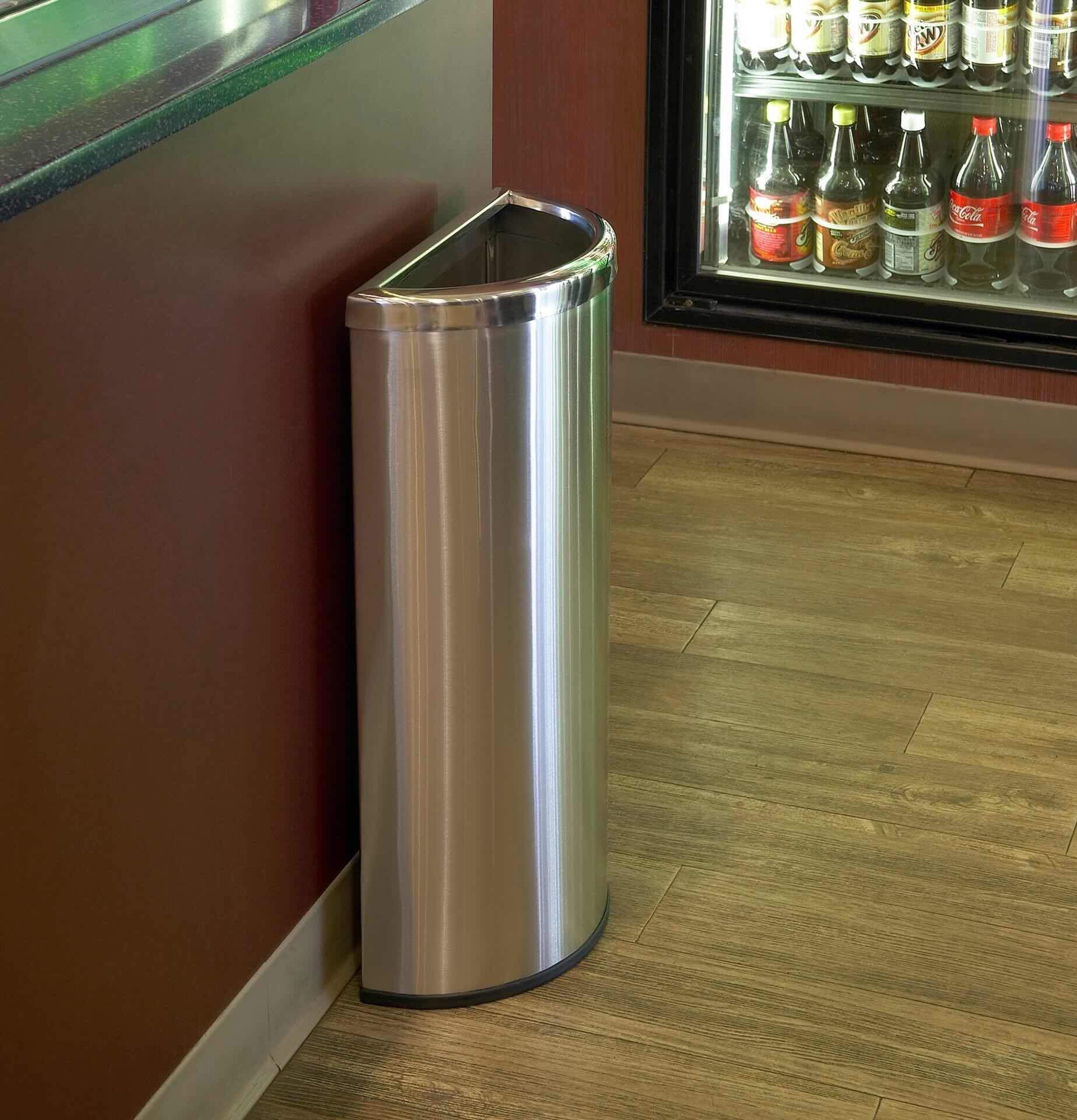
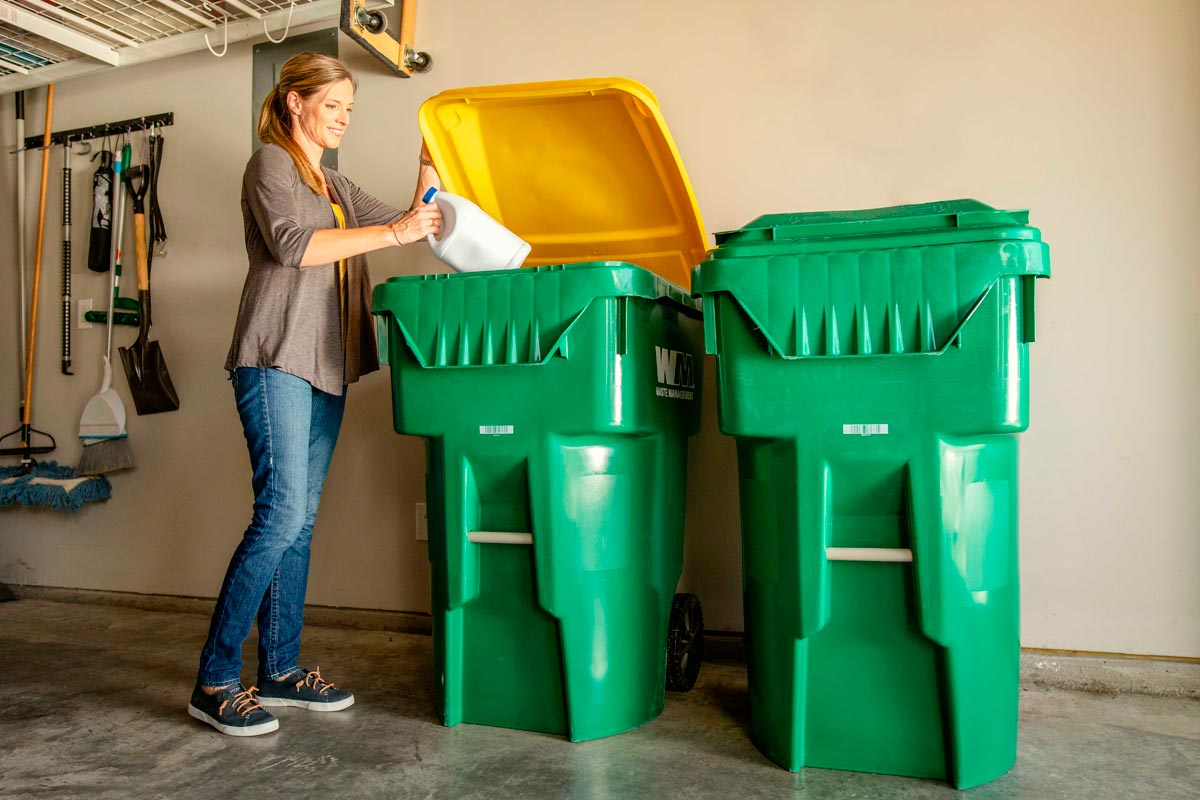
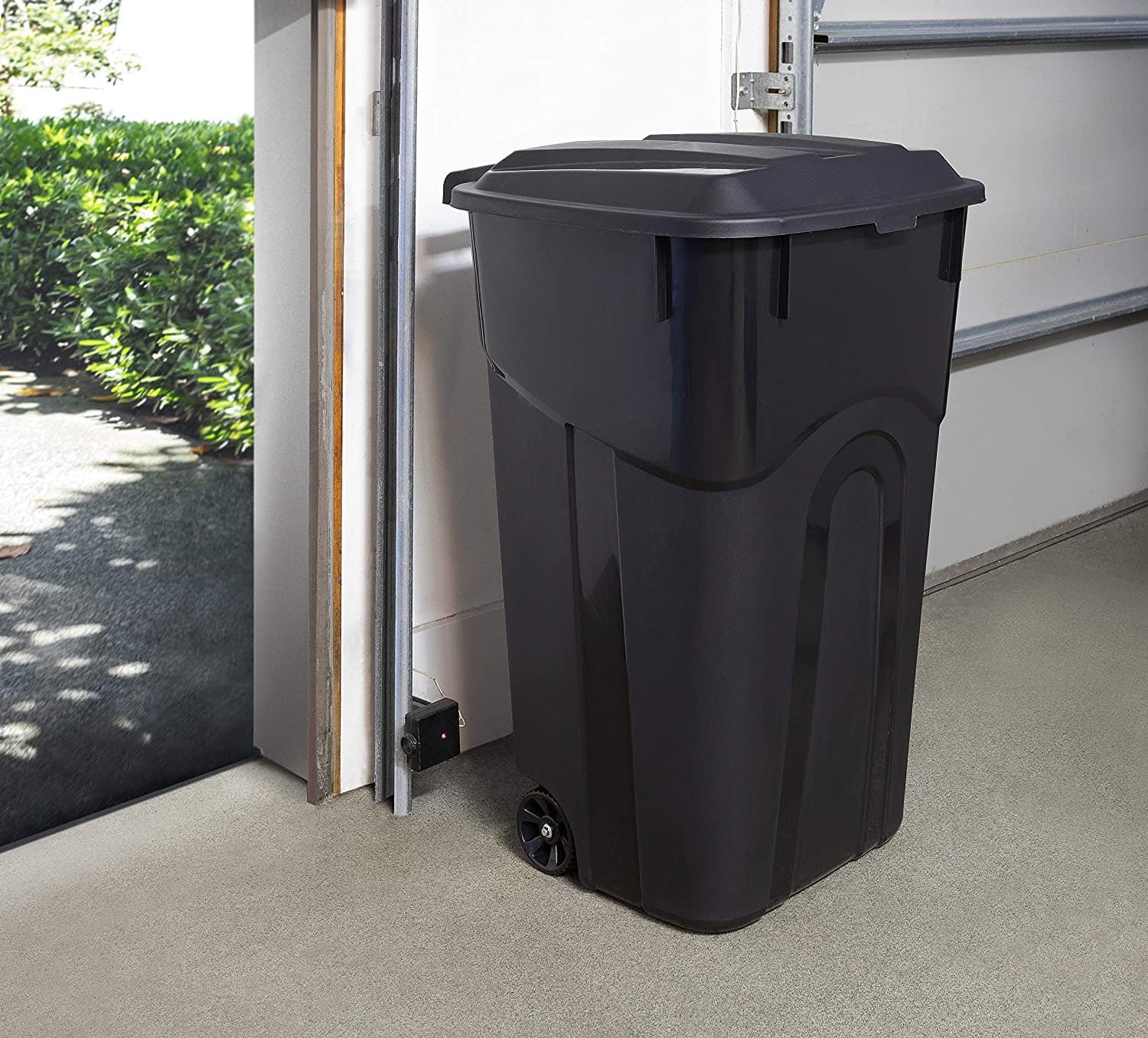

0 thoughts on “How Many Liters Is A 13 Gallon Trash Can”